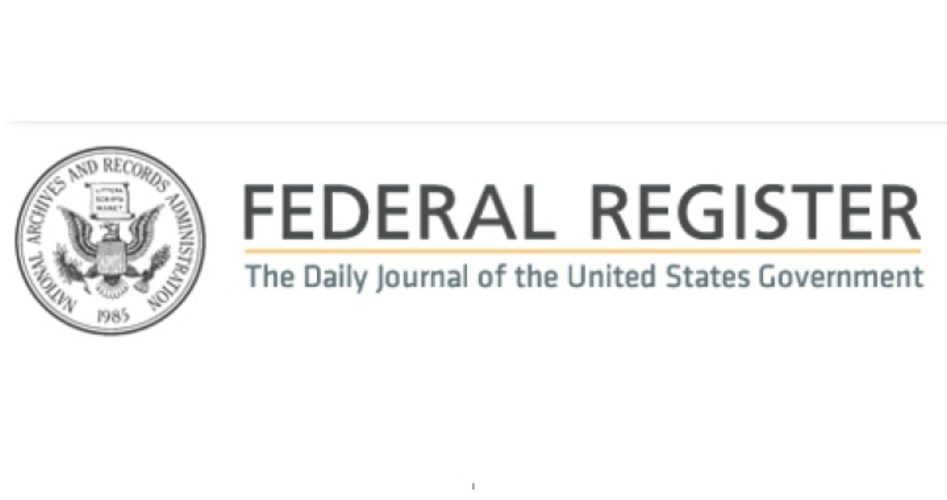
A report from the Government Accountability Office indicates that 35 percent of the major federal regulations issued from 2003 to 2010 were done so without public notice. Likewise, 44 percent of non-major regulations were also issued without public notice, also known as a Notice of Proposed Rulemaking (NPRM).
“During calendar years 2003 through 2010, agencies published 568 major rules and about 30,000 nonmajor rules,” the GAO said in a December report to Congress. “[Federal] agencies published about 35 percent of major rules and about 44 percent of nonmajor rules without an NPRM during those years.”
Federal law generally requires that regulations, both major and minor, be opened for public comment, allowing interested parties to read the rules and remark on them, potentially enacting changes to the proposed rules. The GAO report notes that the majority of the regulations published without a notice-and-comment period were done so because the government claimed to have “good cause” to do so. The federal government invokes “good cause” when it believes a comment period or comments are contrary to the public interest or if public notice may be deemed unnecessary or impractical.
In fact, of those regulations that were issued without public notice, 77 percent of the major rules utilized the “good cause” exception, as did 61 percent of the non-major rules.
And of those “good cause” exceptions, approximately 68 percent of them cited that public comment was against the public interest, while 55 percent asserted public notice was impractical, and another 49 percent claimed it was unnecessary.
According to the GAO, a major spike in the issuance of regulations without NPRM occurred under President Barack Obama. Under his presidency, the percentage of regulations issued without public notice jumped from 26 percent in 2008 to 40 percent in 2009.
“In particular, from 2008 to 2009, the percentage of major rules without an NPRM increased from 26 percent to 40 percent,” reported the GAO. “Agencies issued the largest numbers of major rules without an NPRM in 2009 and 2010 (34 in each year), though the percentage was higher in 2009 than in 2010.”
The report from the Government Accountability Office also states that there has been an increase in the use of interim final rules, which CNSNews.com indicates are rules that are “effective immediately and issued without public notice but often allow public comment once they are used.”
Interim rules are different from normal federal rules because they avoid the regular notice-and-comment period. Between the years of 2003 and 2010, 47 percent of all the rules without an NPRM were interim rules. A significant portion of that increase occurred under President Obama. From the years 2008 to 2009, the number of interim rules jumped from 11 percent in 2008 to 22 percent in 2010.
The GAO observes that many of those rules issued without public notice have been the most controversial, including items such as the moratorium on offshore drilling, Cash for Clunkers, and rules for the Troubled Assets Relief Program that began under George W. Bush and continued under President Obama.
The majority of the major rules issued without public notice were issued by the Department of Health and Human Services and the U.S. Department of Agriculture. CNSNews.com writes, “The HHS issued 38 percent of all major rules enacted without public comment while the USDA issued 24 percent.”
The Government Accountability Office noted last year that the overall number of regulations increased dramatically under President Obama as well. According to CNSNews.com, the Code of Federal Regulations had increased by 11,327 pages in just the last three years.
CNSNews,com reported that the 11,000-page increase is “a 7.4 percent increase from January 1, 2009 to December 31, 2011.” The increase in 2009 was 3.4 percent, or 5,359 pages, which CNSNews.com writes was “the most over the last decade,” that is, until last September.
And the increase in the number of pages of regulations under President Obama is massive when compared to President George W. Bush’s first three years in office, when the publication grew by 4.4 percent.
Over the last 10 years, the federal government has imposed 38,000 new rules, bringing the total number of pages of rules to 169,301 at the end of 2011. In 1975, the annual report to Congress on federal regulations by the Office of Management and Budget was 71,244 pages.
Federal regulations are a significant factor impacting the rate of job growth. Randy Johnson of the U.S. Chamber of Commerce cites a Congressional Research Service analysis of a 2008 study that estimated the annual cost of compliance for all federal regulations at $1.7 trillion that year.
CNSNews.com wrote:
Seventy percent of the regulations were economic, accounting for $1.236 trillion of the annual cost. The other regulations were, in order of cost, environment regulations ($281 billion), tax compliance ($160 billion) and occupational safety and health and homeland security ($75 billion).
To put those figures into perspective, economists at the Chamber of Commerce determined, based on that study, that if every U.S. household paid an equal share of the federal regulatory burden, each household would be responsible for $15,586 in 2008.
Peter Schiff, economic expert and CEO of Euro Pacific Capital, testified before the House Sub-Committee on Government Reform and Stimulus Oversight on September 13, 2011 to address the negative impact of regulations on job growth.
He said, “Regulations have substantially increased the costs and risks associated with job creation. Employers are subjected to all sorts of onerous regulations, taxes, and legal liability.”




